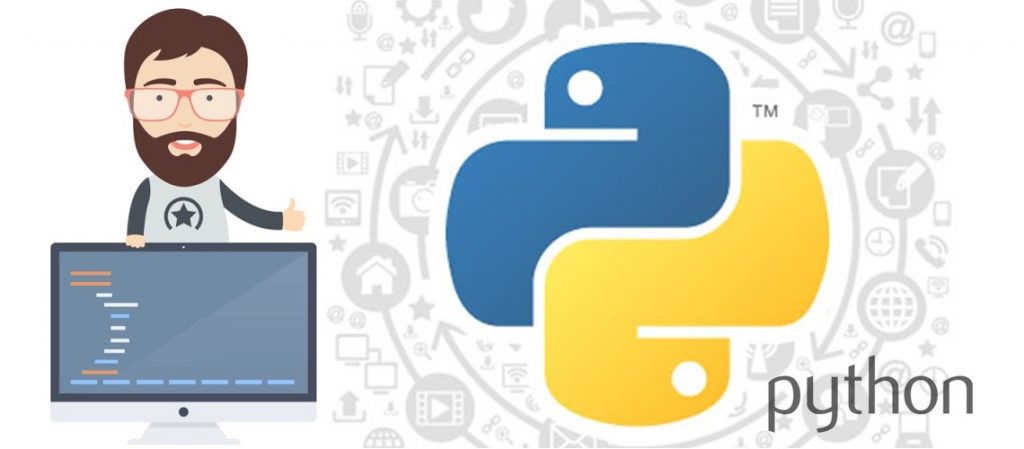Python language was founded in the year 1991 by the developer Guido Van Rossum. Python is a high-level, general-purpose dynamic language which exists on the market for more than 30 years now. This language is easily available almost anywhere today: web and desktop apps, machine learning, network servers and many more. Also, bigger organizations and companies like Google, Facebook, Microsoft, Netflix, Dropbox, Mozilla or NASA because of its multiple programming paradigms use Python programming language. As Python is fastest-growing programming language, we can expect Python to overtake the Java Programming language soon. Similar to other programming languages, the pros and cons of python programming language exist and we will discuss that in the subtopics below.
Pros of Python Programming Language
- Integration Feature
Python incorporates the Enterprise Application Integration to have an easy development of Web services with COM or COBRA components. Also, the Python programming language has powerful control capabilities for C, C++ or Java via Jython. Python also can run on all modern operating systems through the same byte code to process XML and other markup languages.
- Developed Programmer’s Productivity
Python has expanded support libraries which includes different areas. It furthermore cleans object-oriented designs that increase a programmer’s productivity while using languages like Java, VB, Perl, C, C++ and C #.

- Expanded Support Libraries
Python language has provision of large standard libraries including string operations, Internet, web service tools, operating system interfaces and protocols. To limit the length of code in Python, most of the highly used programming tasks are already scripted into it.
- Productivity
This programming language has a great option for building scalable multi-protocol network application. It is possible because of its strong process integration features, unit testing framework and enhanced control capabilities. They all contribute towards the increased productivity and speed for most applications.
Also Read: Pros and Cons of Perl Programming Language
Cons of Python Programming Language
- Not adjustable to Other Languages
Once the users start using the Python language, they become so accustomed to its features and its extensive libraries that they face many difficulties in working with the other languages or learning them.
- Gets Slow in Speed
The Python language executes with the help of an interpreter instead of the compiler, because the step by step process of compilation and execution help it to work normally. Sometimes, it can be seen that it is fast for many web applications too.
- Weak in Mobile Computing
Though, Python has shown its presence on many desktop and server platforms, but it still is a weak programming language for mobile computing.
- Run-time Errors
The Python language is user typed so it has many design restrictions reported by some Python developers. When the applications are in a final run there are errors popping up so it most often requires more testing time.
Conclusion
Hence, these are the few pros and cons of python programming language. Like many of other programming language, python too is open source and has a huge community of its own. People share there experience, knowledge and programming codes in such community.
